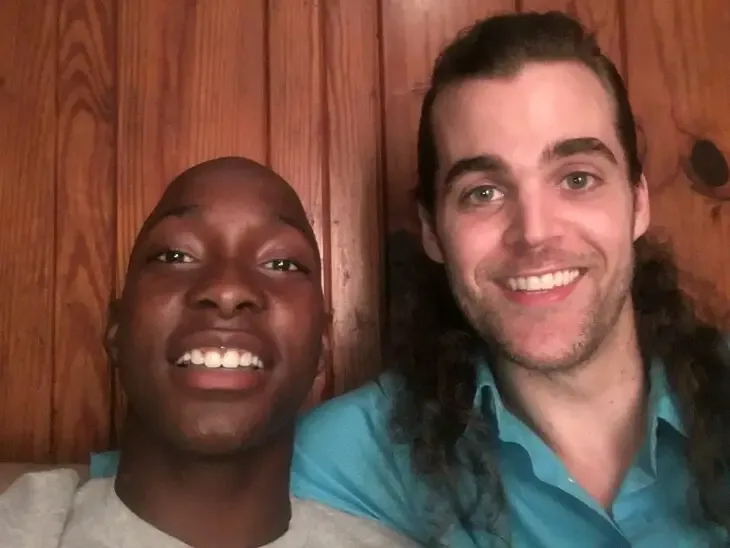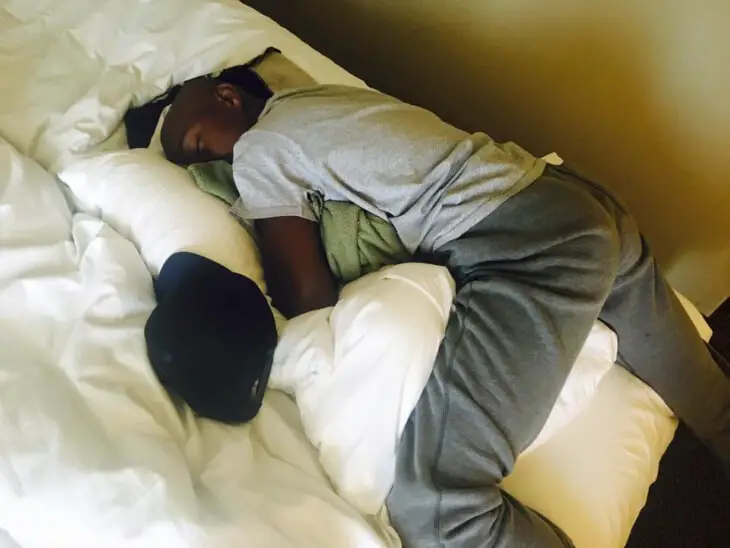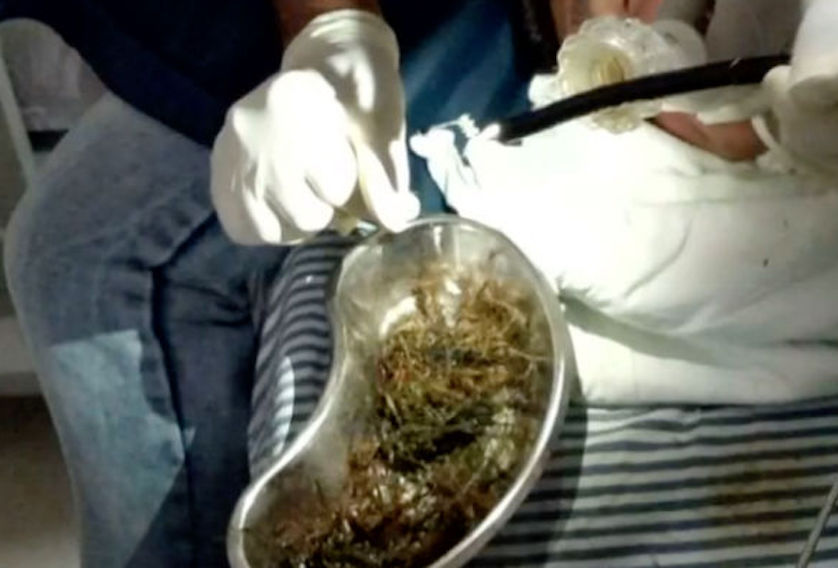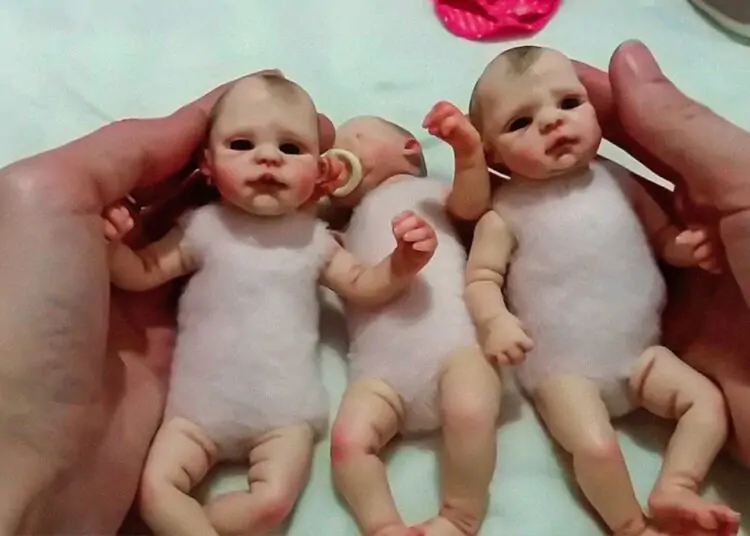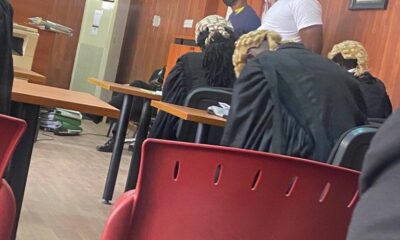The 2002 Miss World riots were a chain of religiously motivated clashes that engulfed the northern-Nigerian city of Kaduna between November 20th and 23rd, leaving about 250 people dead and several properties destroyed…Click Here To Continue Reading>> …Click Here To Continue Reading>>
The Miss World beauty pageant, which was scheduled to be held in Abuja, the capital city of Nigeria, was moved to London following violent clashes between Muslims and Christians in Nigeria. These clashes were triggered by what some Muslims saw as a “blasphemous” article in THISDAY newspaper which linked the revered Prophet Mohammed to the beauty pageant.
How it Happened
Agbani Darego, a Nigerian model and beauty queen, won the Miss World beauty pageant in 2001, and as a result, Nigeria was selected to host the contest in 2002. However, many Nigerian Muslims, especially in the country’s Northern region, condemned the decision, saying it was intended to promote promiscuity and demoralize female modesty.

The event was originally scheduled to take place in November 2002 but was moved to December 7th of the same year because it coincided with the Muslim holy month of Ramadan.
Brief Information About Amina Lawal

It should be noted that the Miss World Organization was already under pressure and attack in Nigeria for an entirely different reason. The organizers had opposed the death penalty issued to one Amina Lawal, a young Nigerian woman accused of adultery by an Islamic Sharia court sitting in Zamfara. This opposition did not sit well with the Muslim groups in the state, thus they antagonized the pageant organizers.
The Blasphemous Article
Ninety-two contestants from different countries arrived in Nigeria for the event. To commemorate this feat, Isioma Daniel, a columnist for THISDAY, a national newspaper based in South-Western Lagos, wrote an article on the 16th of November, 2002. In the article, she wrote that Prophet Mohammed would probably have approved of the beauty contest and would have even married one of the contestants.
She wrote, “The Muslims thought it was immoral to bring 92 women to Nigeria and ask them to revel in vanity. What would Mohammed think? In all honesty, he would probably have chosen a wife from one of them.”
This article enraged the Muslim youths in Kaduna and word spread like wildfire. A ‘fatwa’ was issued on Isioma Daniel’s life; she had to resign from work and subsequently flee the country to Benin Republic before being resettled in Norway — where the Committee to Protect Journalists and Amnesty International helped her through the resettlement process.
According to Isioma Daniel, she thought it was “funny and light-hearted” and “didn’t see it as anything anybody should take seriously or cause much fuss”.On the 18th and 19th of November, the newspaper published a retraction on its front page and apologized to the offended Muslims, but it was too late.
They wrote, “With all the responsibility, sensitivity and respect for all Muslims, the staff, management, editors and board of ThisDay Newspaper apologize for the grave editorial error of last Saturday’s Miss World Beauty Pageant… We regret the depiction of the Prophet Muhammad in the comments that were written by one of our staff. It is not only unjustifiable but also very provocative.” READ FULL STORY HERE>>>CLICK HERE TO CONTINUE READING>>>
The Riots
On the 20th of November, 2002, angry youths stormed THISDAY’s regional office on Attahiru Road in Malali, Kaduna, and burned it to the ground. The newspaper depot and distribution center were also pillaged and destroyed; they set fire to churches and beat bystanders presumed to be Christians while chanting Allahu akbar! (God is great) and No Tazarene! (No beauty contest) for three days.
OldNaija gathered that at no point did the police intervene to stop the violence by the protesters or make any arrests. For three consecutive days, many radical groups expressed their anger at the article, and protests deteriorated into real violence. Muslims assaulted Christians, and Christians responded by attacking Muslims.
Both parties proceeded on a murdering spree, burning and looting properties. Many of those killed were civilians who were not involved in the conflict and were targeted solely because of their religion or ethnicity.

Many Christians were killed and injured; others fled for their lives, leaving behind their homes and valuables. The rioters, armed with various weapons such as machetes, knives, rods, iron bars, and firearms, targeted people based on their religion and sought out Christian homes, particularly in mixed Christian-Muslim areas.
According to reports gathered by OldNaija, some local Hausa Muslims hid Christians in their homes and claimed that Christian houses belonged to them to prevent the angry rioters from burning them.
Later on, the police and military forces were deployed to douse the violence but this was futile at first as rioters kept attacking people even in the presence of the military. It was only on Sunday, November 24th, 2002 that calm gradually returned to Kaduna.
The event organizers, the Miss World Organization and Silver Bird Productions Limited, went to the media and declared that the event would still be held despite the demonstrations and riots. Later, they announced that it had been moved to London, England.
The pageant was held despite all the obstacles. Azra Akin, a Turkish woman, was crowned Miss World 2002 and awarded $156,000.



